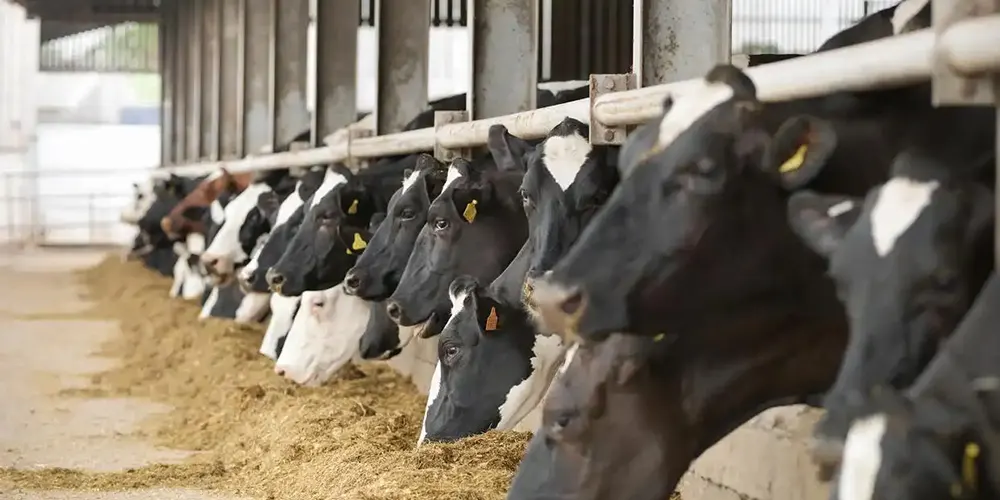6 Cost-Effective Ways RFID Ear Tags Are Revolutionizing Farming
In the modern agricultural landscape, technology is playing a pivotal role in transforming traditional farming practices. One such innovation that is making waves is the use of RFID ear tags. These small, yet powerful devices are not just a tool for identification; they are revolutionizing the way farmers manage their livestock. Let’s delve into six cost-effective ways RFID ear tags are changing the face of farming.

1. Precision Livestock Management
RFID ear tags enable farmers to monitor each animal individually, providing precise data on health, feeding habits, and movement. This level of detail allows for targeted interventions, reducing the spread of disease and improving overall herd health. For instance, a study by the USDA found that farms using RFID technology reported a 50% reduction in disease outbreaks.
2. Enhanced Inventory Control
Gone are the days of manual counting and recording. RFID ear tags offer real-time inventory tracking, ensuring accurate records of livestock numbers and locations. This not only saves time but also reduces human error. Farmers can now manage thousands of animals with the same ease as managing a handful, thanks to automated data collection.
3. Improved Feeding Efficiency
With RFID technology, farmers can monitor the feeding patterns of individual animals. This data can be used to adjust feeding schedules and portions, ensuring that each animal receives the optimal amount of food. A case study from a dairy farm in Wisconsin showed a 20% reduction in feed costs after implementing RFID ear tags.
4. Streamlined Veterinary Care
RFID ear tags facilitate streamlined veterinary care by providing instant access to an animal’s health history. Veterinarians can quickly identify which animals need vaccinations or treatments, leading to more efficient and effective healthcare. This not only improves the well-being of the animals but also reduces veterinary costs.
5. Increased Traceability
In an era where food safety and traceability are paramount, RFID ear tags offer an unparalleled level of traceability. Each tag is linked to a database that records the animal’s entire life history, from birth to slaughter. This ensures that consumers can trace the origin of their food, enhancing trust and compliance with regulatory standards.
6. Data-Driven Decision Making
Perhaps the most significant advantage of RFID ear tags is the wealth of data they provide. Farmers can analyze this data to make informed decisions about breeding, inye nri aka, and healthcare. Ọmụmaatụ, data on reproductive cycles can help optimize breeding programs, leading to healthier offspring and higher yields.
Conclusion
RFID ear tags are more than just a technological upgrade; they are a game-changer for the farming industry. By offering precision management, enhanced inventory control, improved feeding efficiency, streamlined veterinary care, increased traceability, and data-driven decision making, these cost-effective tools are revolutionizing the way farmers operate.
Are you ready to take your farming practices to the next level? Contact us to learn how RFID ear tags can be integrated into your farm, and discover the myriad benefits they bring. Embrace the future of farming with RFID ear tags – where technology meets tradition.
Note to the Reader: For more information on how RFID ear tags can transform your farming operations, please feel free to reach out to our experts. We are here to help you make the most of this revolutionary technology.
Video: Leadercolor
ReingeDin:Leadercolor
Tel: +86-755-89379391
E-mail: [email protected]
Our website: www.leakercoor.com

